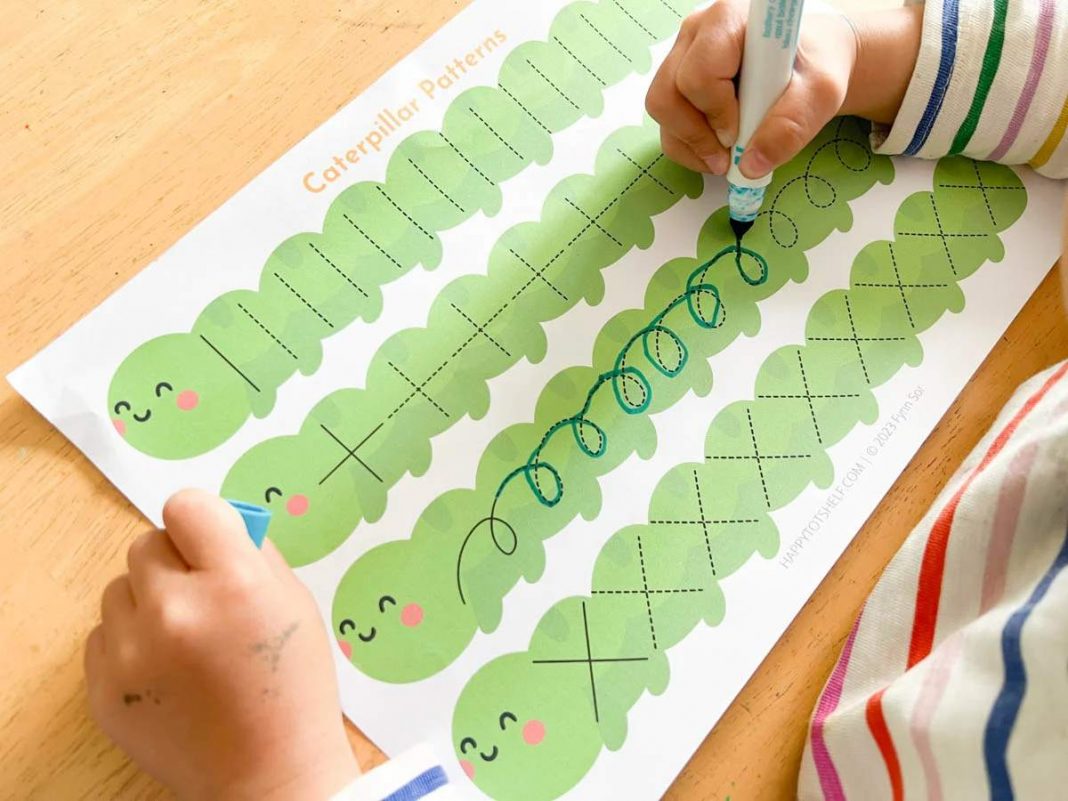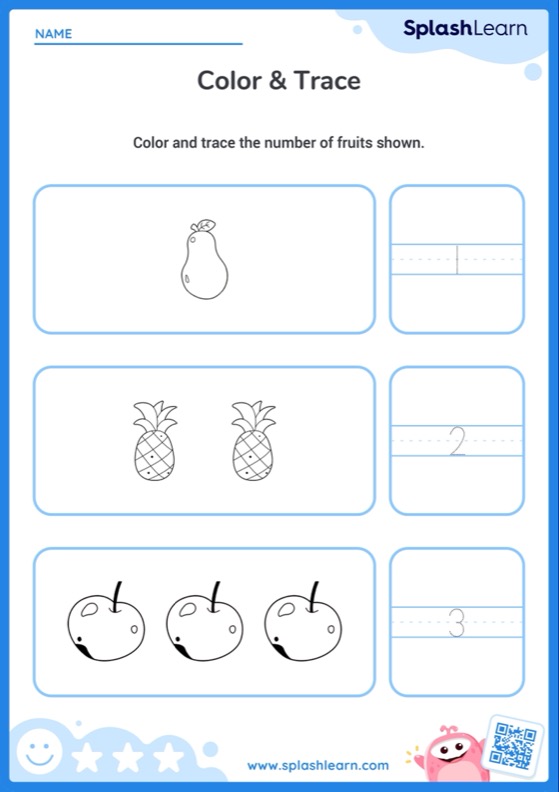Are you concerned that your preschooler isn’t ready to start writing? Do you wonder how to build pre-writing skills, help them hold a pencil, form letters, and build the necessary coordination? Fortunately, there are creative and engaging activities specifically designed to strengthen the fine motor skills and hand-eye coordination needed for writing. Here are 15 fun pre-writing activities that can easily be incorporated into everyday play, helping your child develop the confidence and skills essential for their writing journey.
Math & ELA | PreK To Grade 5
Kids see fun.
You see real learning outcomes.
Watch your kids fall in love with math & reading through our scientifically designed curriculum.
Parents, try for free Teachers, use for free
What are the Key Pre-Writing Skills?
- Fine Motor Skills: Fine motor skills help children control the small muscles in their hands and fingers, making writing possible. Engaging in fine motor skill activities can significantly support pre-writing development.
- Hand-Eye Coordination: Ever wonder how kids learn to guide their hands when writing? Hand-eye coordination is key, helping them connect what they see with how they move.
- Grip Strength and Control: Can your child hold a crayon or pencil firmly? Developing grip strength and control is crucial for holding and manipulating writing tools.
- Muscle Memory: Repeated activities build muscle memory, making writing more natural and effortless over time.
12 Pre-Writing Activities for Kids
1. Scribbling and Drawing
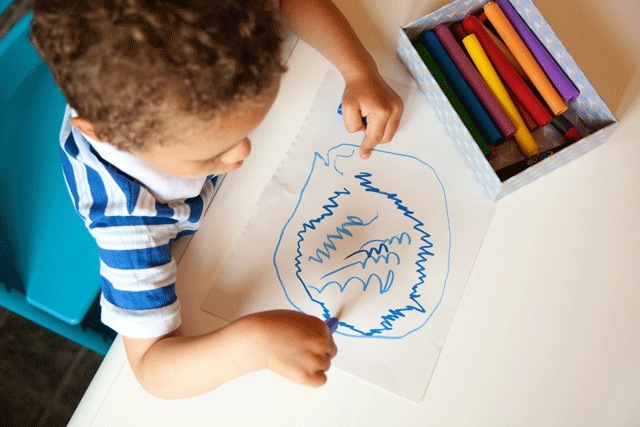
Encouraging your child to engage in free-form scribbling and drawing is more than just playtime—it’s a crucial step in developing writing skills. When children use crayons, markers, or pencils to create their own drawings, they practice controlling their hand movements, which is essential for writing later on.
This activity helps them develop a proper grip, which is key for holding writing tools comfortably. Additionally, as they experiment with different shapes and lines, they begin to understand the basic strokes that make up letters and numbers, laying the groundwork for writing.
2. Online Fine Motor Skill Activity
Engaging kids in online fine motor skills games is a fun and effective way to develop their hand-eye coordination and precision.
Here are some fun and engaging online games that directly target fine motor skill development. In these games, kids practice precise hand movements by dragging, clicking, and tossing objects, which helps improve their hand-eye coordination, finger control, and dexterity. These tasks require careful, controlled actions, which are essential for building the fine motor strength needed for writing and other hands-on activities.
Begin here
3. Tracing Shapes and Lines
Tracing shapes and lines is a powerful way to build your toddler’s writing skills. By using worksheets with simple shapes, straight lines, zigzags, and curves, children practice the essential hand movements needed for writing. This activity not only strengthens their fine motor skills but also helps them develop muscle memory, crucial for forming letters and numbers.
When it comes to writing activities for toddlers, tracing is particularly effective because it teaches them how to control their pencil or crayon with precision, making the transition to actual writing smoother and more enjoyable.
Here are some fun worksheets where your child can practice tracing various shapes and objects. They’ll follow dotted lines to carefully trace between the shapes, like 3D objects, a house, and triangles, which will help improve their hand control and understanding of basic shapes:
Begin here
4. Letter Tracing
By tracing over pre-formed letters, children practice the precise movements needed to form each letter correctly. This activity strengthens fine motor skills, enhances hand-eye coordination, and builds the muscle memory essential for fluent writing. Letter tracing also reinforces letter recognition, making it easier for children to associate the shape of each letter with its corresponding sound.
Begin here
5. Dot Markers on Letters
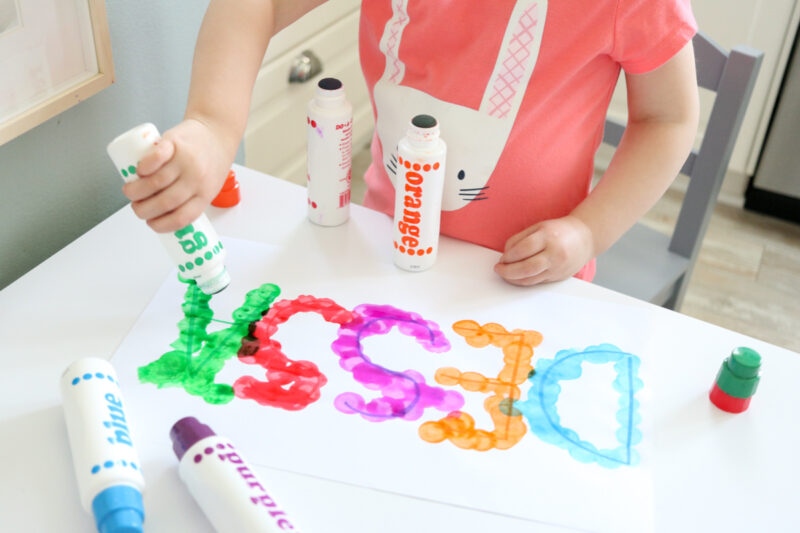
Dot markers on letters is an engaging and hands-on activity that effectively bridges the gap between recognition and writing. By placing dots along the lines of each letter, children reinforce their understanding of letter shapes and develop fine motor precision.
This activity encourages them to focus on the correct formation of each letter, promoting muscle memory and spatial awareness. As children progress through this activity, they gain confidence in their ability to form letters, laying the groundwork for more advanced writing tasks.
Related Reading: How to Teach Letter Formation to Kids
6. Number Tracing Worksheets
Number tracing worksheets are a valuable tool for teaching children both number recognition and the fine motor skills needed for writing. By tracing numbers repeatedly, children learn the correct formation and sequence, which helps build the muscle memory essential for fluent writing.
Here are some fun number tracing activities. Children trace numbers while matching them to the correct quantity of objects, which strengthens their fine motor skills and prepares them for writing. The tracing motion helps build muscle memory and control, crucial for forming letters and numbers independently later on.
Begin here
7. Lacing Beads or Cards
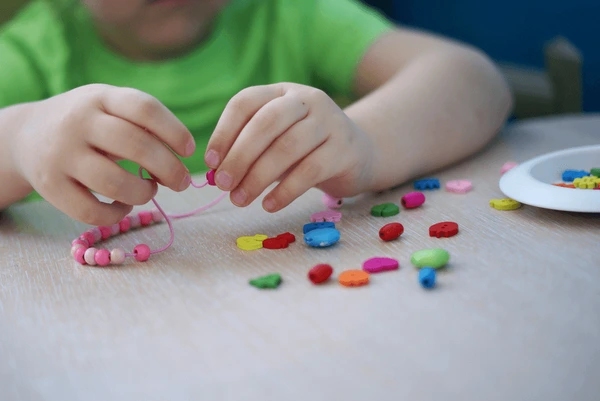
Lacing beads or threading laces through cards requires a high level of precision and dexterity. These activities involve careful hand movements that help children develop control over their fingers, strengthening the small muscles needed for writing.
By focusing on these pre-writing skill activities, children enhance their fine motor skills. The repetitive motion of stringing beads or threading laces also helps improve hand-eye coordination, making it an excellent preparation for writing.
8. Tearing and Gluing Paper
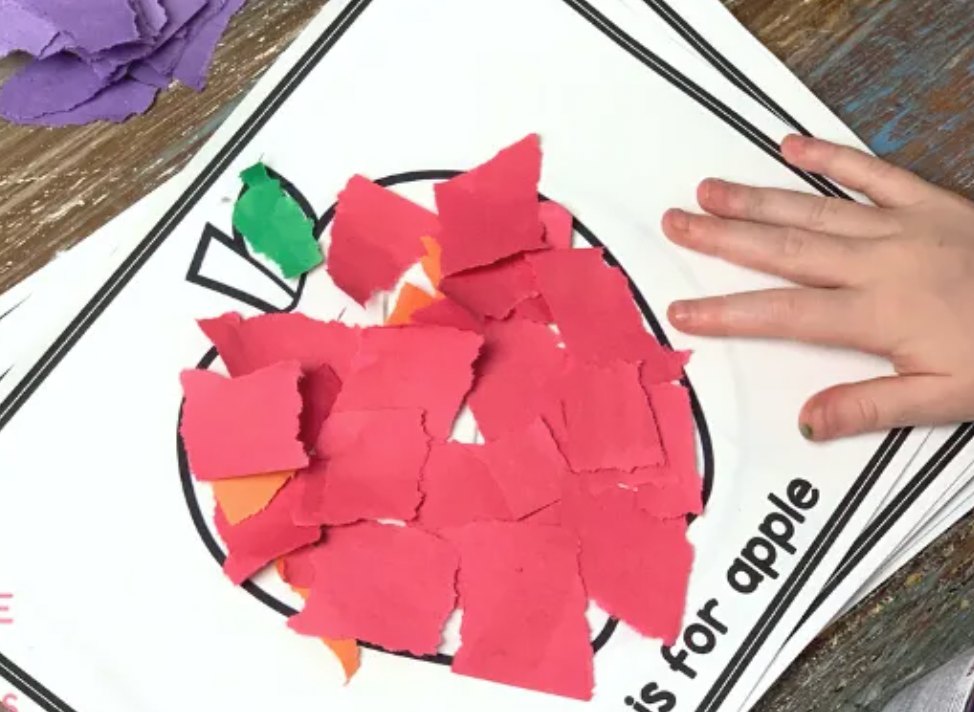
Tearing paper into small pieces and then gluing them onto a surface is a simple yet effective way to build hand muscles and improve coordination. This activity encourages children to use both hands together, which is important for developing bilateral coordination, a key component of fine motor skills. Including this in pre-writing activities for primary school students can be very beneficial, as it helps them develop the strength and control needed for more complex writing tasks.
9. Building with Blocks

Building with blocks is more than just a playtime activity—it’s a critical exercise in developing spatial awareness and fine motor skills. When children stack and arrange blocks, they learn to control their hand movements with precision, which supports the development of fine motor skills necessary for writing.
Additionally, the process of balancing and fitting blocks together enhances their understanding of spatial relationships, an important skill for writing and other academic tasks.
10. Play Dough
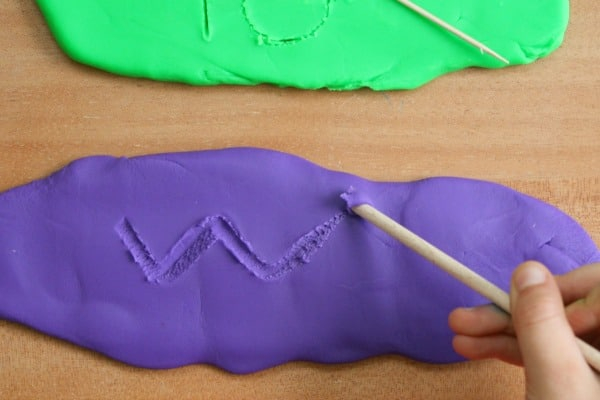
Manipulating play dough is a fantastic way for kids to strengthen their hand muscles. When children roll, flatten, pinch, and shape the dough, they’re engaging in an activity that builds the fine motor skills necessary for writing. This type of play helps develop the small muscles in their hands and fingers, which are crucial for holding a pencil or crayon with control.
Incorporating play dough into your list of pre-writing activities for kids not only supports their muscle development but also adds a fun, sensory-rich experience that keeps them engaged and learning.
Related Reading: Best Sensory Activities for Preschoolers
11. Finger Painting

Finger painting is more than just messy fun—it’s a great way to enhance finger strength, coordination, and sensory awareness. When children use their fingers to paint, they are developing the fine motor skills needed for writing. This activity also allows them to express their creativity and imagination, making it a valuable part of pre-writing activities for preschoolers. The tactile experience of moving paint around with their fingers also supports sensory development, which is essential for young learners.
Related Reading: Best & Easy Painting Ideas for Kids
12. Sand Tracing
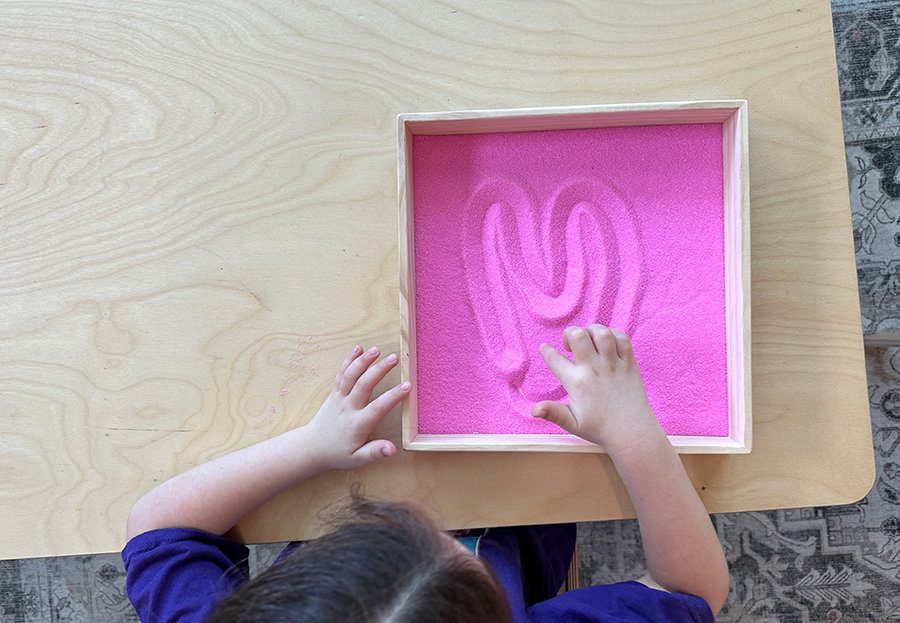
Sand tracing is a tactile activity that reinforces letter and shape formation through sensory engagement. By using their fingers to trace in a shallow tray of sand, children develop fine motor skills and muscle memory essential for writing. Sand tracing enhances hand-eye coordination and control, making it a valuable exercise in early writing development.
These pre-writing activities are essential for building the foundational skills needed for writing. By incorporating these engaging exercises, you help young children develop the fine motor control, muscle memory, and confidence they need to begin writing successfully.
Related Reading: Best Writing Activities for Kids
Conclusion
These pre-writing activities examples provide fun and engaging ways to help children develop the essential skills needed for writing. By incorporating activities kids can strengthen their fine motor skills, hand-eye coordination, and muscle memory. Start early with these simple exercises to build a strong foundation for your child’s writing journey.
Related Reading: Best Name Writing Activities for Kids
Frequently Asked Questions (FAQs)
What are some writing activities for 2 year olds?
For 2-year-olds, simple activities like scribbling with crayons, playing with playdough, and finger painting help them develop fine motor skills and start exploring early writing concepts.
How do pre-writing skills activities help?
Pre-writing activities build the fine motor skills, hand-eye coordination, and muscle memory needed for children to hold writing tools and form letters effectively.
What are some writing activities for 3 year olds?
For 3-year-olds, activities like tracing shapes, dot markers on letters, and sand tracing help them practice controlled hand movements and begin recognizing letter and number forms.

















